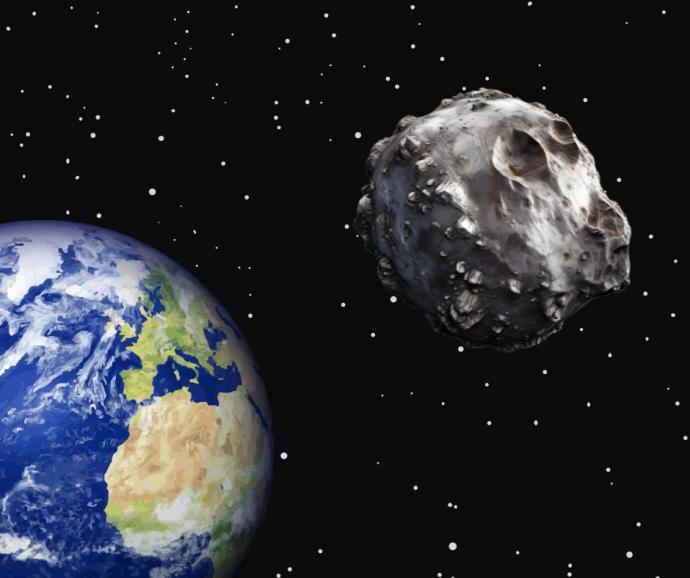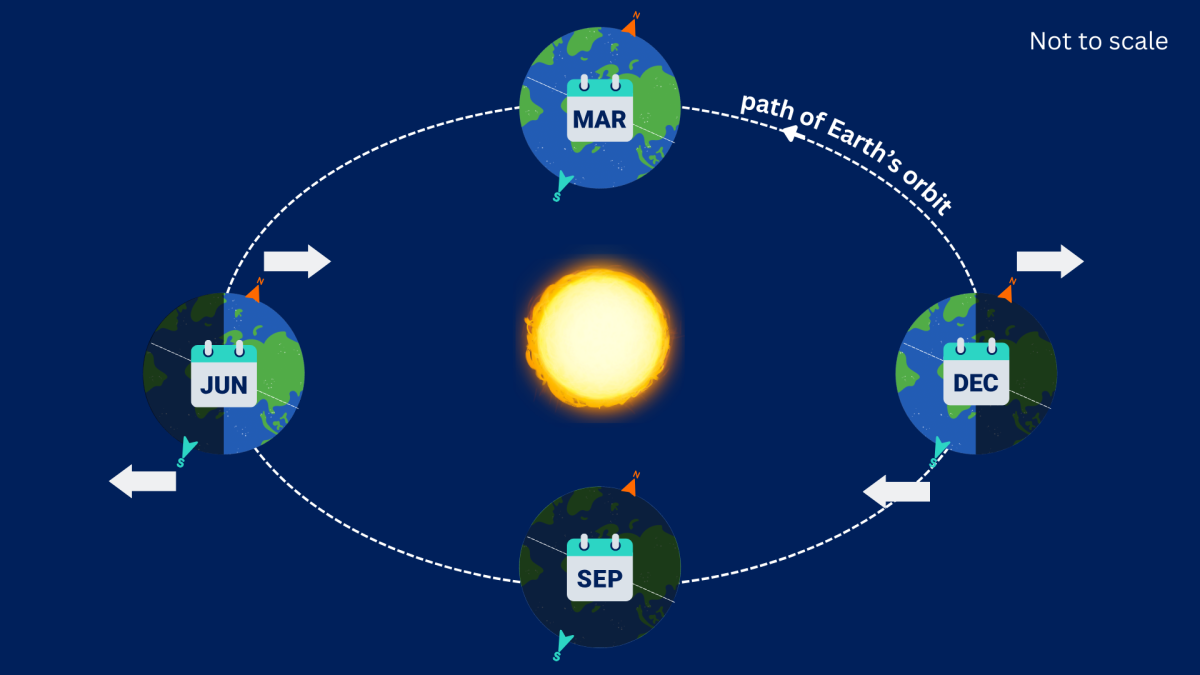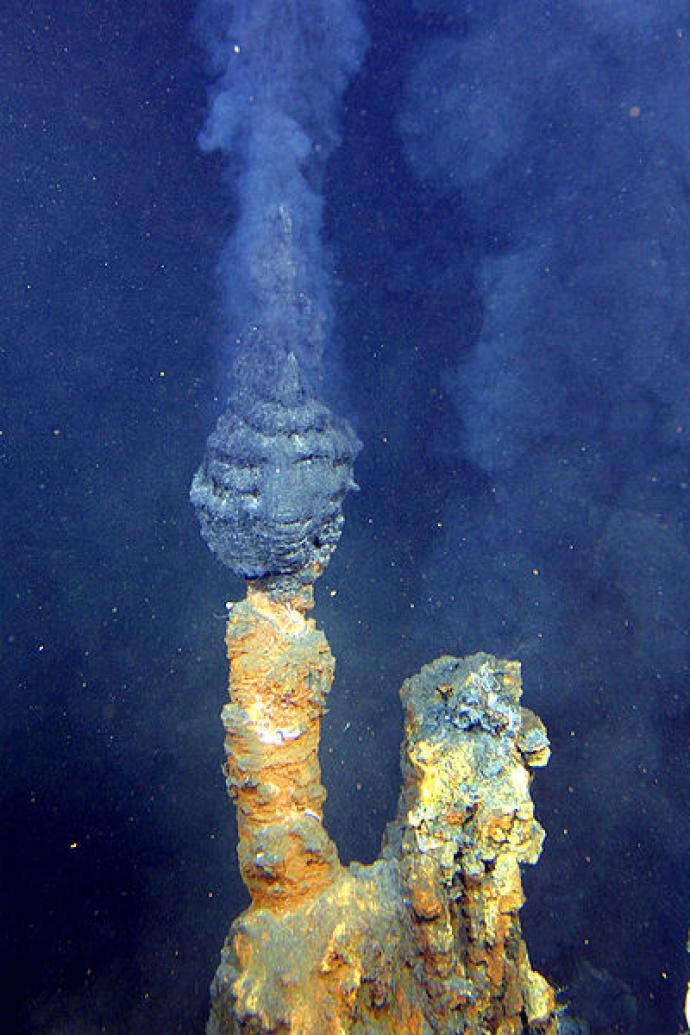Crewed Missions
Humans have been travelling to space since the 1950s.
We have used telescopes to study space for centuries, but it was the invention of massive rockets which finally let us explore space in person.

Near-Earth Objects

Seasons
There are four seasons: Spring, Summer, Autumn and Winter. Parts of the Earth experience each season once each year.

Tides
The level of the sea rises and falls about two times each day. We call these changes tides.

Life Elsewhere
Astrobiologists believe that three ingredients which are vital for life. They are water, energy, and organic molecules such as carbon (C). Energy and organic molecules are abundant in the Universe. But liquid water is rare.

Life on Earth
Planet Earth was formed around 4.5 billion years ago. The first signs of life began about 3.6 billion years ago, in the ocean. The water in the ocean protected organisms living there from the dangerous rays of the sun.

Climate Change
The Earth's climate is always changing. It shifts through a regular cycle of temperatures. These cycles last around 100,000 years. They move the Earth through warm periods, then cold ones. This is known as climate oscillation.

Life on Earth
How are living things connected? What do they need to survive? Can we find clues in the Solar System that help us find out why there is life on Earth?
